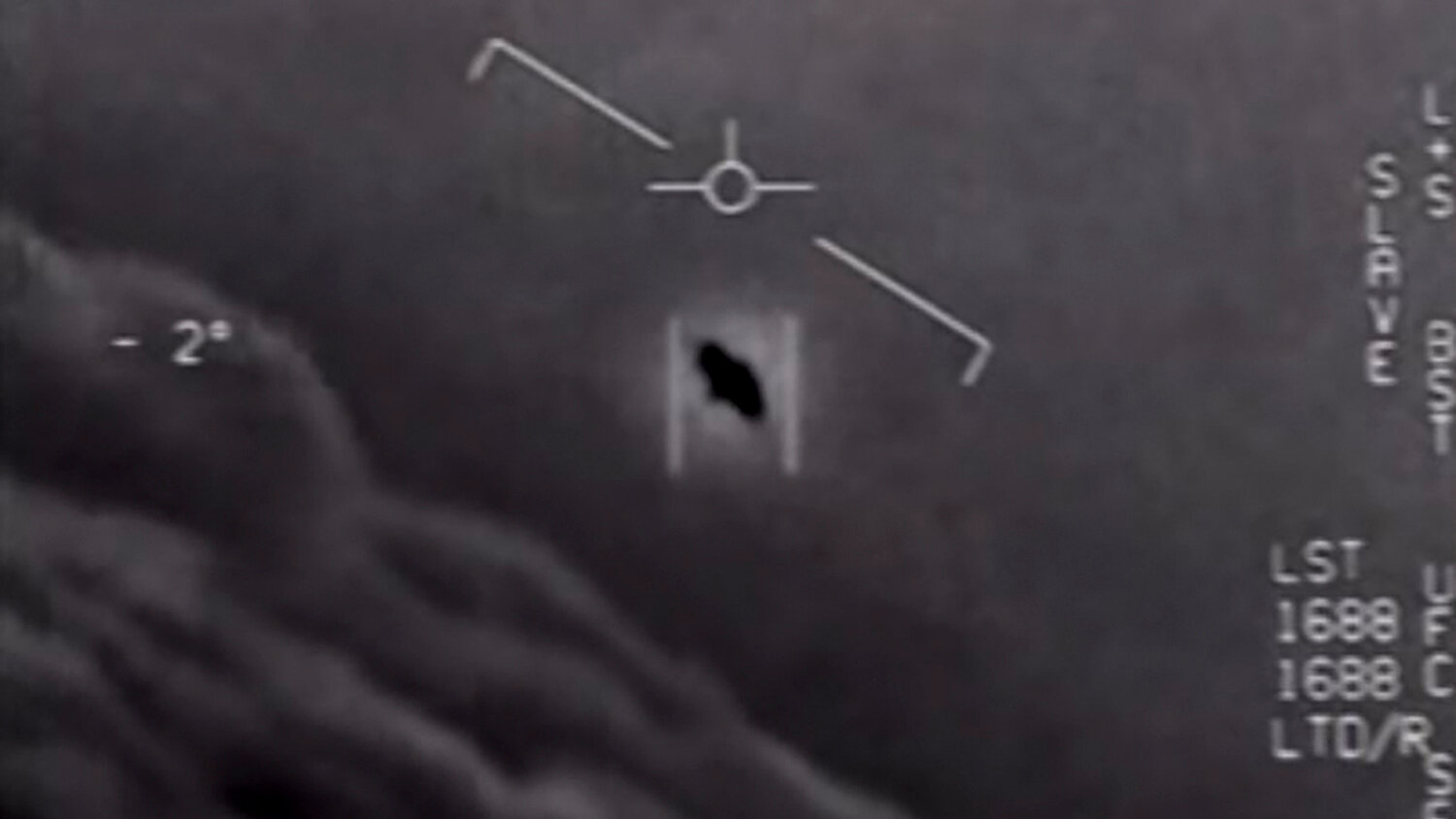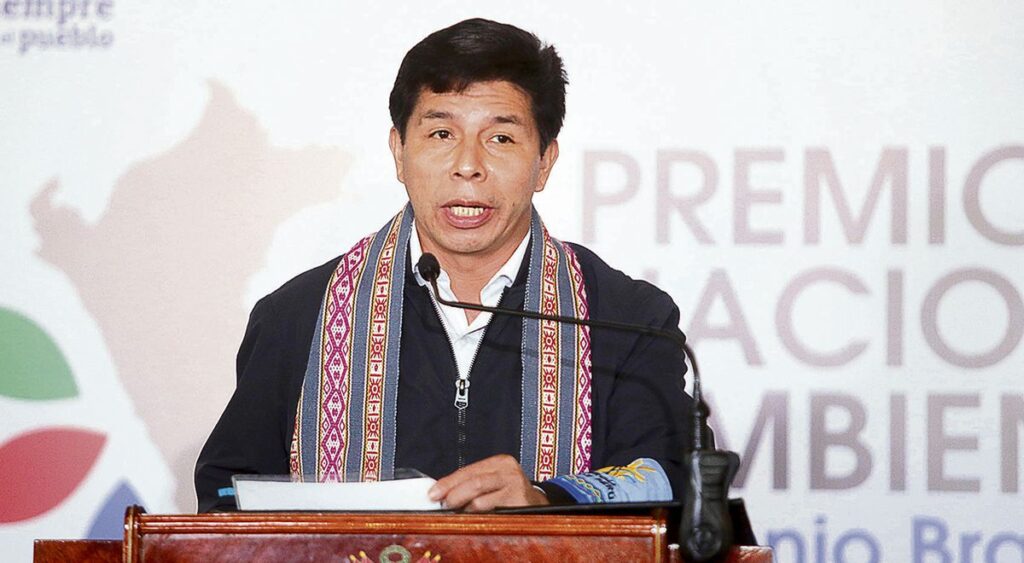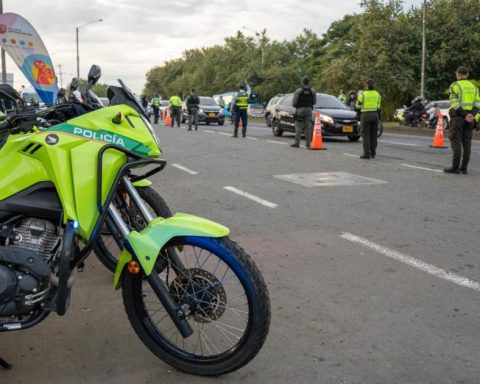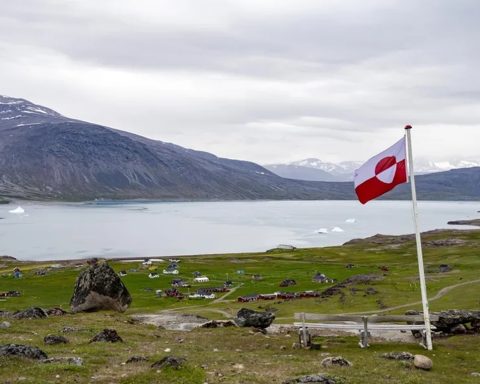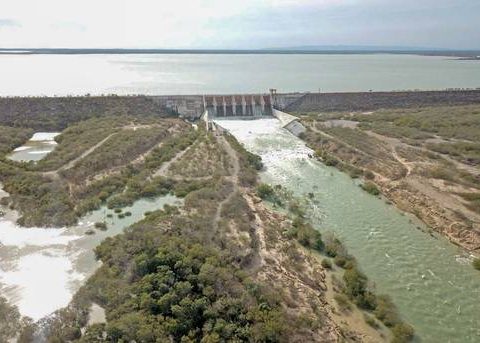On Monday, the Municipality of Quito unveiled a mural in the Ecuadorian capital on the occasion of the celebrations for the Bicentennial of the Battle of Pichincha, an event that sealed the definitive independence of the territory that is now Ecuador, which was fought on May 24, 1822. .
“With this artistic work, the project ‘CamiArte, route of freedom‘, a proposal for an open-air gallery”, says the mayor’s office, specifying that the work is being carried out within the framework of the Bicentennial of the heroic deed.
The work is located on the boulevard of Plaza 24 de Mayo, in the historic center of Quito, and what most caught the attention of the mural is that Pikachú, one of the creatures from the Pokémon franchise, was included in it.
Criticism and ridicule began immediately on social networks; the memes did not wait.
How to forget when Pikachú commanded the patriotic forces instilling great fear in the royalist army”, wrote on her Twitter account the user @jofabrol, who accompanied her comment with a meme in which the Pokémon character is seen on a mural for the Battle of Pichincha.
How to forget when Pikachu commanded the patriotic forces, instilling great fear in the realistic army. ??? pic.twitter.com/ngEZ6307YY
– ?Fabry Espinoza Larco (@jofabrol) May 16, 2022
“We go there”, joked the human rights activist Pamela Troya (@pametroya) in a trill in which she attached another meme about the battle, in which in addition to including Pikachú, she included one of the minions, another cartoon character.
Let’s go there ?? pic.twitter.com/L8l0DTFrfv
– Pamela Troya (@pametroya) May 16, 2022
Other users made burlesque comments, pointing out the work that Pikachú would have done with the heroes of the time, such as the Venezuelan Antonio José de Sucre and the Ecuadorian Abdón Calderón; both protagonists of this event that defeated the troops of the Spanish crown, under the command of General Melchor de Aymerich.
“And then Antonio José de Sucre saw that the Spanish soldiers were shooting at him and with his last breath he shouted: pikachu attack thundersomeone joked.
And then Antonio José de Sucre saw that the Spanish soldiers were shooting at him and with his last breath he shouted!!! Pikachu attack thunder!!!
– Leonardo Eguiguren (@Destajador) May 16, 2022
“May the new generations never forget the moment when Pikachú helped Commander Antonio José de Sucre to defeat the last Spanish troops”, ironized another Twitter user.
Although the jokes and ironies were more, other people made criticism in a more serious tone, pointing out that the mural is disrespectful to the city and “to the symbolic value of the libertarian deed.” Even former Ecuadorian president Rafael Correa asked if it was possible to sue the artist.
Finally, I wish to express my indignation because the authorities have disrespected the city and the symbolic value of the libertarian deed 200 years of independence on May 24, and the @MunicipioQuito reduces it to #Pikachu
– Jorge Mora Varela (@jorgemoravarela) May 17, 2022
Donation from Spain
The mural, according to the Municipality of Quito, was a donation from the Embassy of Spain in the country and is the work of the Spanish artist Óscar San Miguel Erice, better known as ‘Okuda San Miguel’ or simply ‘Okuda’.
This also generated criticism, precisely because the Battle of Pichincha was fought against the Spanish.
“Celebrating the Bicentennial of the independence of the Spanish crown from the brush of a Spanish artist to remind us that our head is still colonized, and none other than Pikachu. I don’t know whether to laugh or cry”, was one of the opinions on the networks.
Celebrating the Bicentennial of the independence of the Spanish crown from the brush of a Spanish artist to remind us that our heads continue to be colonized, and by none other than PIKACHU.
I don’t know whether to laugh or cry.
– Jose Mora (@Jose_Mora_U) May 16, 2022
Tribute to embroiderers
The mayor of Quito, Santiago Guarderas, although he does not understand what Pikachú is doing in the play, rejected the criticism.
“Obviously it’s people who don’t like culture, probably. Rather, we should be grateful to the Embassy of Spain, which is thus contributing to the Bicentennial”, he told the press.
The Metropolitan Heritage Institute (IMP), for its part, issued a release in which he says that although the work “is within the framework of the celebrations and commemorations of the Bicentennial of the historic deed of May 24, 1822”, it “does not represent nor has it been inspired by the Battle of Pichincha”.
According to the IMP, the mural is “a creative tribute to the expressions of intangible heritage symbolized by traditional embroiderers” of the Quito commune of Llano Grande.
